Uber accident preliminary investigation _ Uber automatic driving accident is actually it
On the evening of the 18th, a self-driving car of Uber Technology Inc. hit a woman who was crossing the road. After being beaten, the woman who was hit was killed because of her injuries.
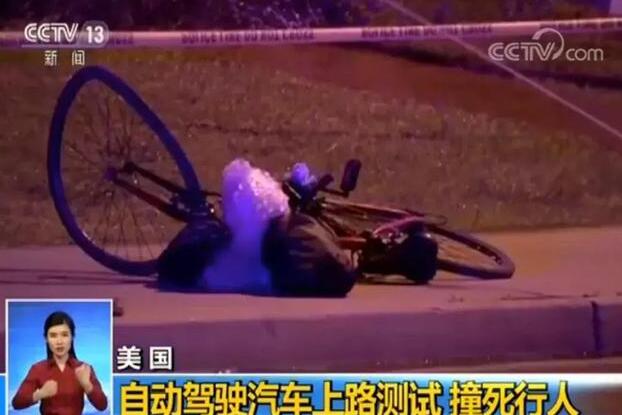
At the time of the incident, the speed was about 64km/h. There was no sign of deceleration.
The accident occurred near a crossroad in the suburb of Phoenix, Arizona, USA. At that time, an autonomous car from Uber Technology was being tested on the road and there was an operator in the car. The car ran into a woman who was pushing a bicycle across the road. The woman was sent to the hospital and died.
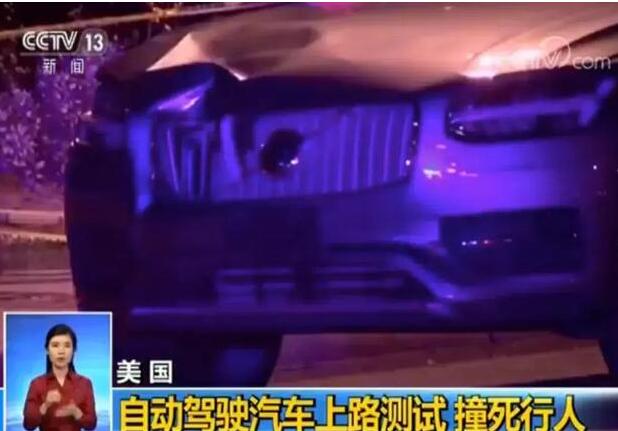
The woman who was killed was named Elena Hertzberg, now 49 years old. Initial investigations by the police confirmed that the accident was caused by the vehicle being in the automatic driving mode, the speed was about 64 kilometers per hour, and the car showed no signs of slowing down. Uber Technology has suspended testing of self-driving cars in North America.
Uber accident preliminary investigation results _ reasonsAccording to the technology website The Verge, the Uber auto-driving car has caused a death case or a cause of failure. The Uber auto-driving executives’ attitude toward technology “safety performance†is still affecting the autopilot team.
As early as January 2016, former Google engineer Anthony Levandowski once said: "We don't need extra brakes and steering, or a cool new car, we need It's better software! To get better software faster, we need to deploy the first 1000 test cars as soon as possible. I don't understand why our company (Google) doesn't do this, some people on our team look very good. Fear of such a transformation." Soon after, Lewandowski left Google and set up his own self-driving truck company. Then Uber acquired the company and Lewandowski became an important member of the Uber Autopilot team.
For the emerging technology of autonomous driving, Lewandowski is not the only employee in the Uber team who holds the “quick action, breaking the rules†view. As Waymo accused Lewandowski of stealing 14,000 documents from Google and illegally using Google's trade secrets, the lawsuit between Waymo and Uber on autopilot trade secrets was once the focus of attention in the industry. It is precisely because of the litigation case that Lewandowski’s views are more publicly available. Uber dismissed Lewandowski in 2017 and settled the lawsuit with Waymo in February 2018. And Uber's new CEO seems to be more sincere, trying to reverse the toxic corporate culture of former CEO Travis Kalanick.
Although Uber dismissed Lewandowski, it seems that Lewandowski’s “heritage†is still on the company’s head.
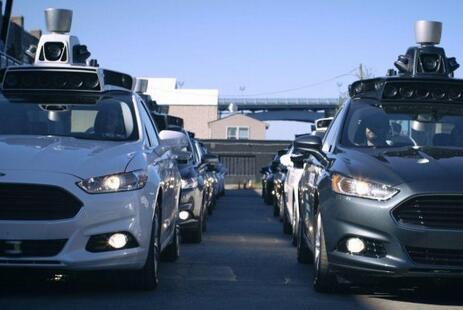
In the February trial, Waymo's attorney described the situation to the outside world: for autopilot technology, the more cautious and slower approach taken by the leadership was opposed by employees. Waymo CEO John Krafcik said Lewandowski insisted that the steering and redundant components of the brake system were unnecessary. Krafsik said in court: "It can be said that we have a completely different perspective on the safety of self-driving cars."
"New York Magazine" also reported that Lewandowski had told Uber engineers: "The first case of autopilot death was not caused by us, I was a little angry!" However, after that, Lai Vandowski denied the above statement. In May 2016, a Tesla Model S autopilot accident occurred in Florida, when the Model S rushed into the bottom of a truck, causing the Model S driver to die on the spot. In the lawsuit, according to another interview report, Lewandowski also said: "Because of too much risk aversion and lack of urgency, our team's progress is not enough, we need to speed up!"
The text sent by Lewandowski to Caranik once again confirms his "eagerness to seek". In one of the text messages, Lewandowski wrote: “We need to consider our strategy and find all the shortcuts we can find.†The other reads: “I think this is a competition, we need to win. This competition, and the second place will be the first loser."
Karanick’s reply was also quite concise: “Burn the village†Lewandowski also immediately replied: “Okay.†In the trial, Karanick said that he could not remember the chat record at the time. . Regardless of the content of these conversations, it is a joke or a serious matter. However, after the death of the Uber auto-driving car, the speech of Lewandowski is really not very glorious in the outside world!
Uber's spokesperson tried to clarify the relationship between Lewandowski and the company, and pointed out that the company's leadership team and personnel have also undergone considerable changes. The spokesperson said: "We believe that technology has the ability to make transportation safer than ever, and we have a deep understanding of the major responsibilities to ensure the safety of the people. Uber's new leadership team has already made it clear to the entire company. Putting security at the core of our company is also the current operating principle of Uber."
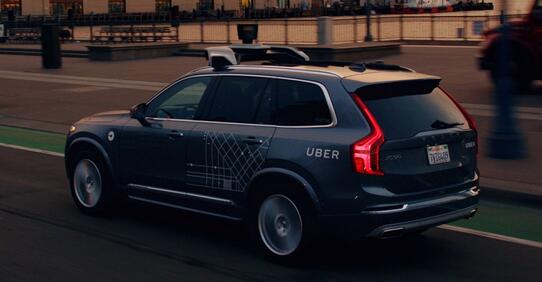
On the surface, it is difficult to understand why such a fatal accident occurs in addition to the failure of the overall system, because the self-driving car is designed to prevent such accidents.
The person or thing that accidentally enters the driving path is almost the first incident considered by the self-driving car engineer. There are many such situations, such as a car that suddenly stops, a deer, and a pedestrian crossing the road. Engineers will find them as early as possible when designing an automated driving system, confirm and take appropriate measures, and may slow down, stop, and return.
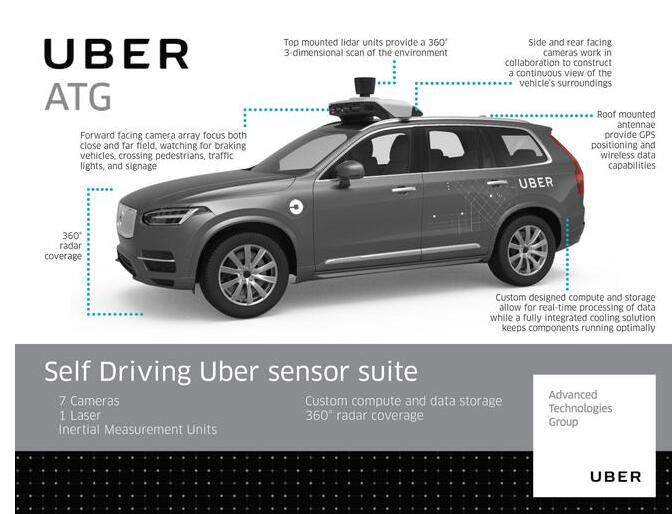
Uber self-driving car is equipped with a complete set of sensors
Uber self-driving cars are equipped with a number of different imaging systems that perform common tasks (monitoring nearby cars, markings and lane lines) as well as special tasks such as the above-mentioned measures to slow down the car. In this accident, the image system capable of saving the victim should be no less than four.
1. Top Lidar
This barrel-like object at the top of the car is a lidar system that generates 3D imaging around the car at multiple times per second. Lidar uses an infrared laser pulse that bounces back when it encounters an object and returns to the sensor to detect stationary and moving objects in the day or night.
Heavy snow and thick fog can blur the laser of the lidar, and the accuracy will decrease as the distance becomes longer. However, within a few feet to a few hundred feet, the top lidar is still a very important imaging tool, almost exist in Every self-driving car.
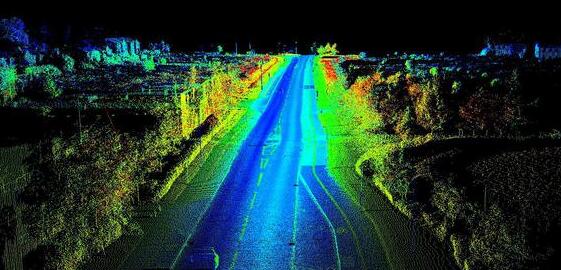
Image generated by the top lidar
If the top lidar unit is functioning properly, it should be able to distinguish the victim without being completely occluded. At the same time, the car is more than 100 feet away (more than 30 meters) from pedestrians, and can pass pedestrian imaging to the "brain" for verification.
2, front-end radar
Like a lidar, the radar sends a signal waiting for it to bounce back, but uses radio waves instead of lasers. This makes the radar more immune to interference, because the radio can penetrate snow and fog, but it also reduces the resolution and changes its distance image.
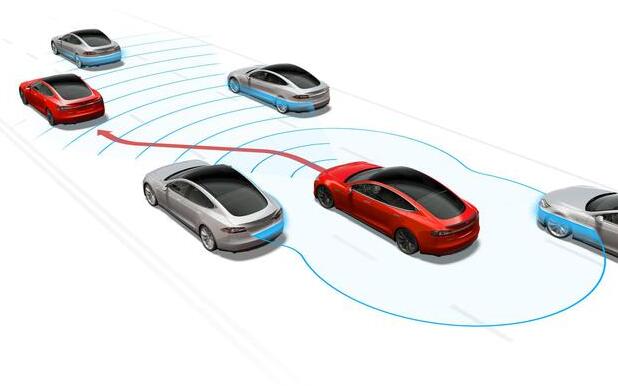
Tesla's autopilot system Autopilot relies mainly on radar
Depending on the number of radars deployed by Uber, the range of distances it provides may vary greatly. Uber is likely to deploy multiple radars in front of and behind the car to achieve 360-degree coverage. If Uber is to supplement the lidar, there may be significant overlap between radar and lidar imaging, but more radar can be used to detect other vehicles and larger obstacles.
3, short focus and telephoto optical camera
Lidars and radars are easy to determine the shape of an object, but are not good at reading marks, understanding the color of objects, and so on. This task is handed over to the visible light camera, which incorporates sophisticated computer vision algorithms that enable real-time analysis of the image.
These cameras on Uber's self-driving cars pay close attention to the indicators that mark the car's brakes (suddenly red lights), traffic lights, and pedestrians crossing the intersection. In particular, the front end of the car uses multi-angle, multiple types of cameras to get a complete picture of the car's way forward.
Detecting pedestrians is one of the most common problems engineers are trying to solve. This algorithm is very mature. This process is often referred to as "segmentation" of images and generally involves marking, trees, human actions, and the like.

Image taken with an optical camera
For the camera, working at night is difficult, which is an obvious problem. However, this problem is left to the first two systems to solve, Lidar and radar can work at night. Even in an environment where you can't reach your fingers, people wearing black clothes can be identified by lidar and radar. These radars then warn the car that it should be slowed down or confirmed by the headlights of the car. This may be why autonomous vehicles usually do not have a night vision system.
4, safe driver
Humans are very good at finding obstacles, even if there is no laser in the human eye. Human reaction time is not the best, but the car will not respond or make a wrong response, and the trained safety driver will respond correctly.
It is worth noting that there is also a central computing unit in the self-driving car that collects the information provided by each sensor and then produces a more complete picture of the surrounding environment of the car.

Self-driving car being tested
It's unclear what the tragedy was like, but Uber's self-driving cars are definitely equipped with the technology that can detect pedestrians, which would have allowed the car to react correctly. Moreover, even if one system fails, another system should work.
Dongguan Guancheng Precision Plastic Manufacturing Co., Ltd. , https://www.dpowergo.com
